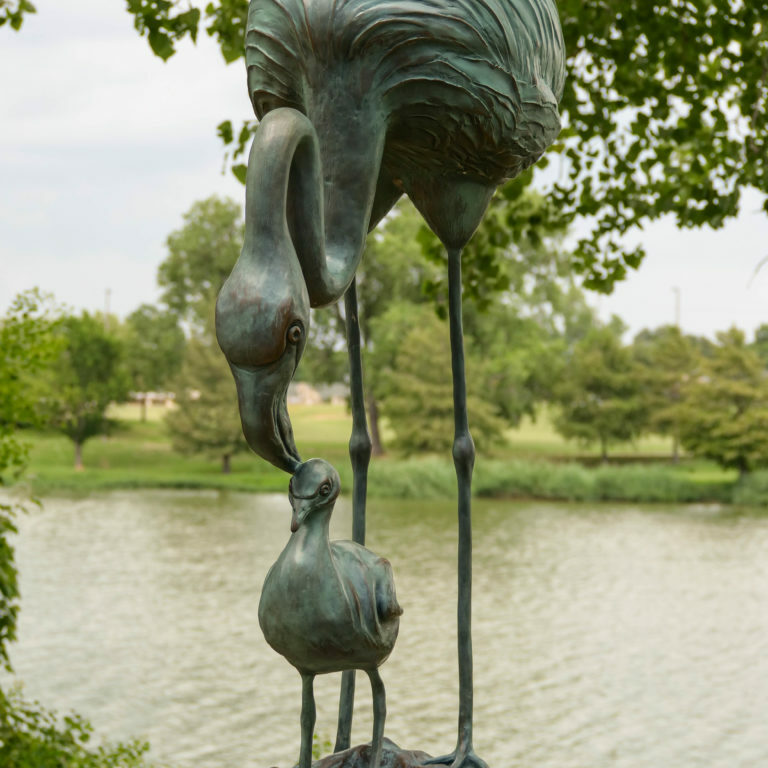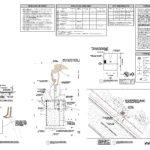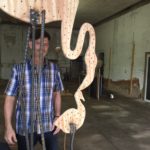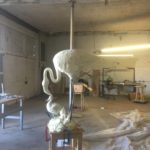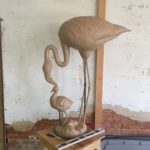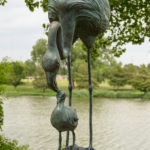Mother and Child
“Mother and Child” by Dan D Brook is a cast bronze sculpture of a mother flamingo and young flamingo chick. The piece is 4 feet tall from ground to the height of the flamingo’s back. The artist used steel reinforcement of legs for additional support and strength. While the artist was creating this work, his daughter-in-law developed cancer. Unsurprisingly, it was impossible for Brook to focus on his artwork with a life and death crisis facing his beloved family. After his daughter-in-law started to recover, he resumed work on the piece, pouring into this sculpture some of the emotional complexity of this experience. Notice how the parent arcs protectively over her chick…but they are not touching.
By Dan D. Brook
Dan D. Brook is a Muscogee-Creek Native American artist and was born in the Creek nation of Oklahoma. He draws much of his inspiration from his culture which provides him with a rich tapestry of images, customs, and history.
Growing up in ranch life, he often found himself sketching during his time of isolation. When he entered his first art show in 4th grade, the judge did not believe that he did not trace the piece!
He attended Baylor University on a football scholarship, and after graduation gained an apprenticeship with renowned portrait sculptor, Dr. B.N. Walker.
For the past 25 years, Brook has continued his exploration in sculpture, and is the sculptor of Morning Prayer, a piece in Tulsa, Oklahoma that memorializes the Trail of Tears.
View all sculptures by this artist.Did You Know?
- The lesser flamingo is one of the smallest and the brightest of the flamingos
These flamingos are not born pink! Their color comes from the carotenoid pigments they consume as part of their diet. - Lesser Flamingos can live up to 50 years in the wild.
- The name ‘Flamingo’ is derived from Portuguese meaning ‘red goose’
- These flamingos are known for their large flocks. Some flocks are known to contain up to one million lesser flamingos.
- The flamingo is unique in that the adults, both male and female, provide their young with “milk” excreted from their esophagus that contains more protein and fat than mammalian milk.
Location

